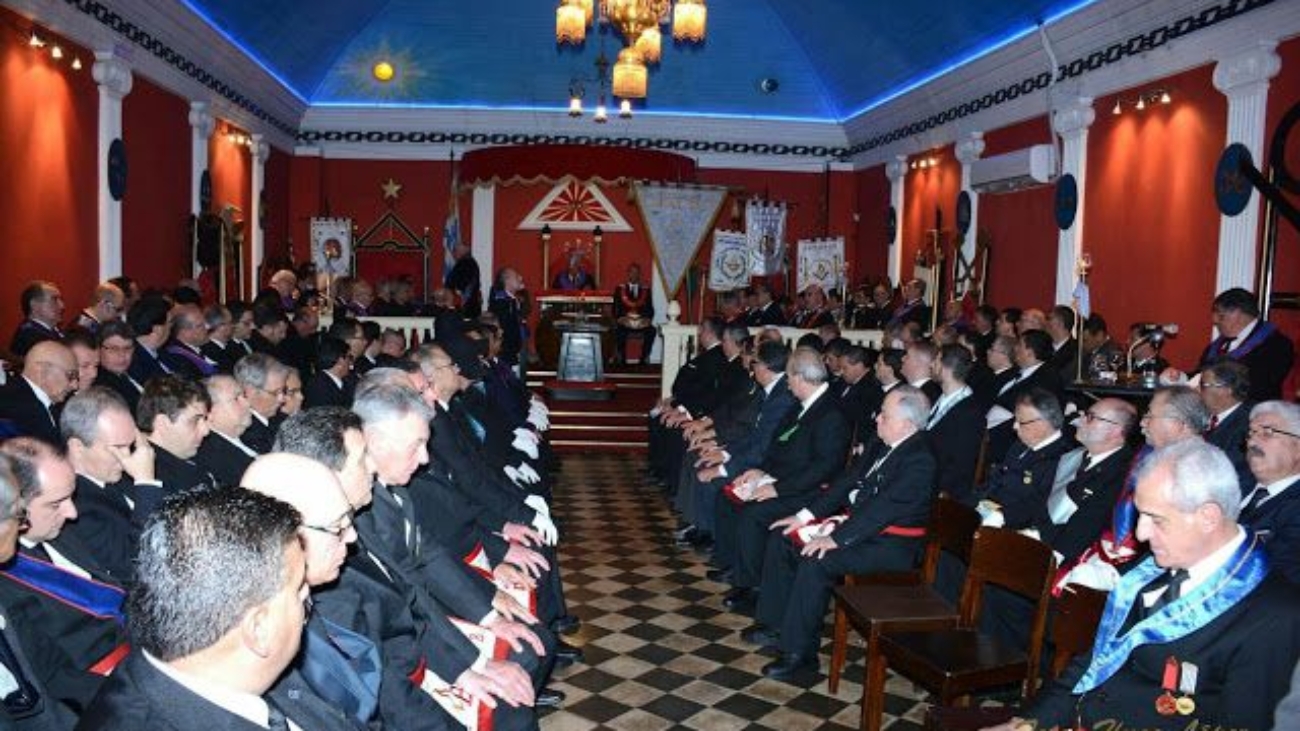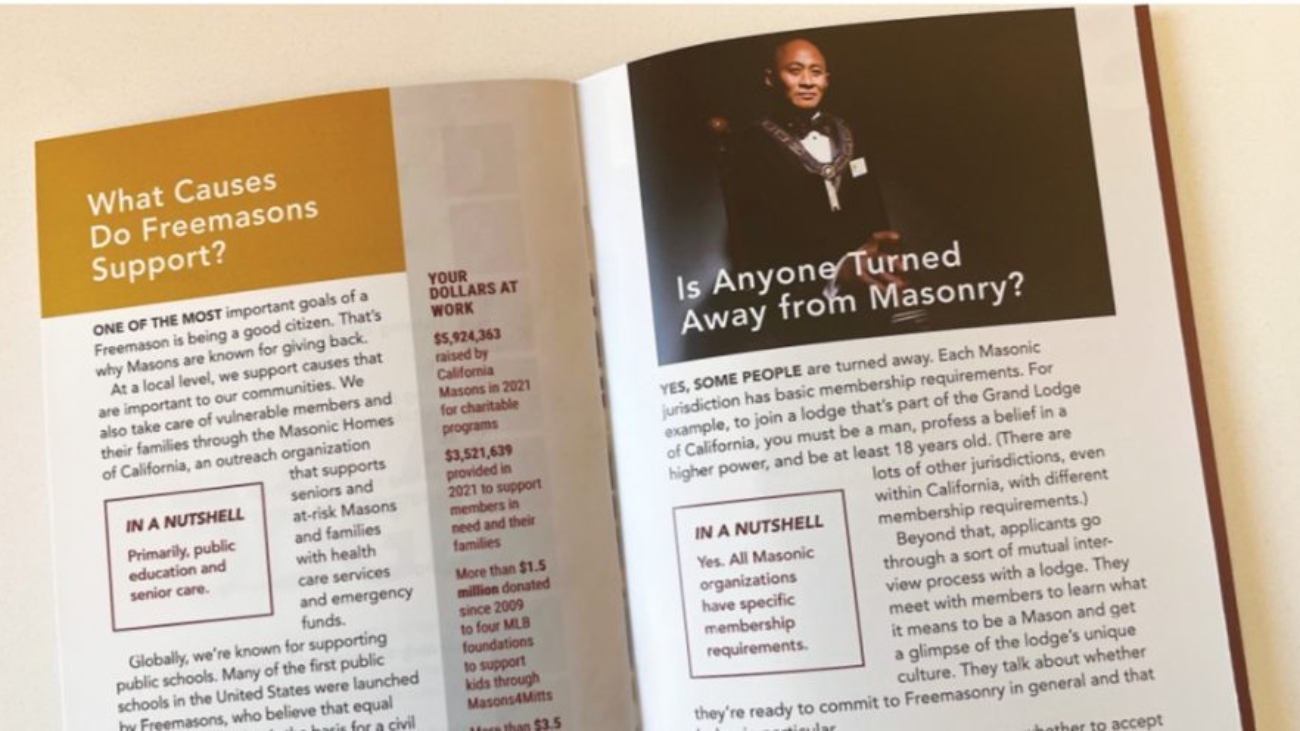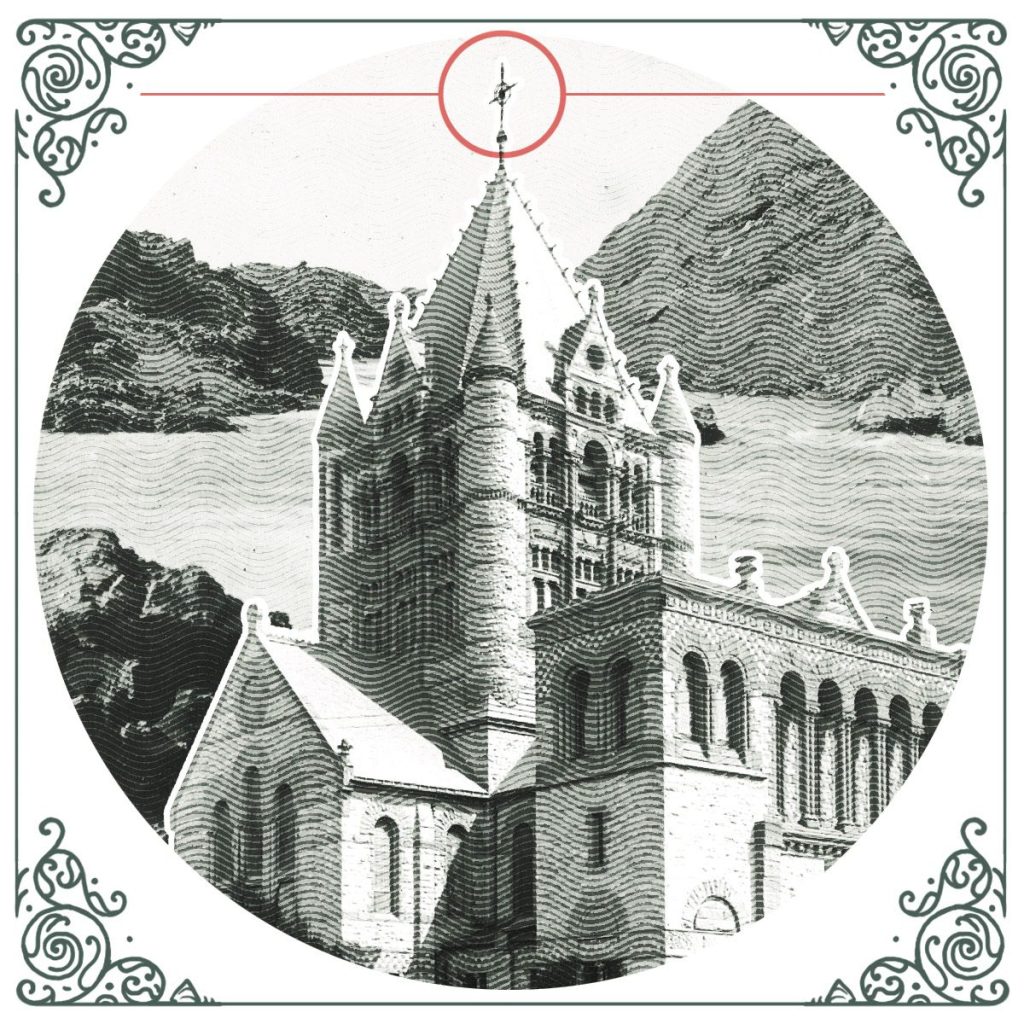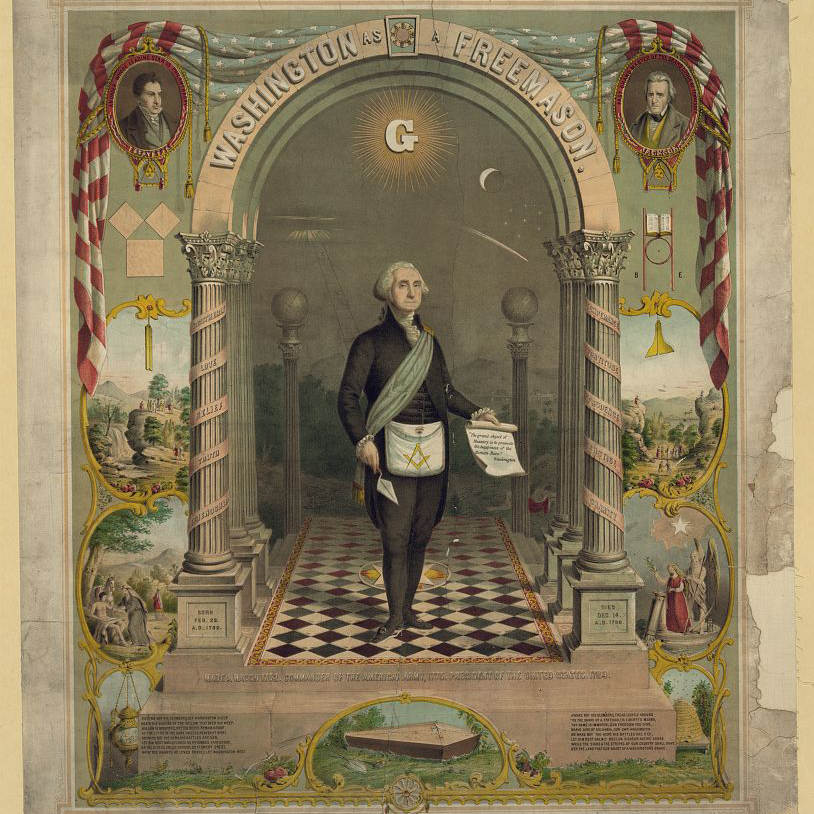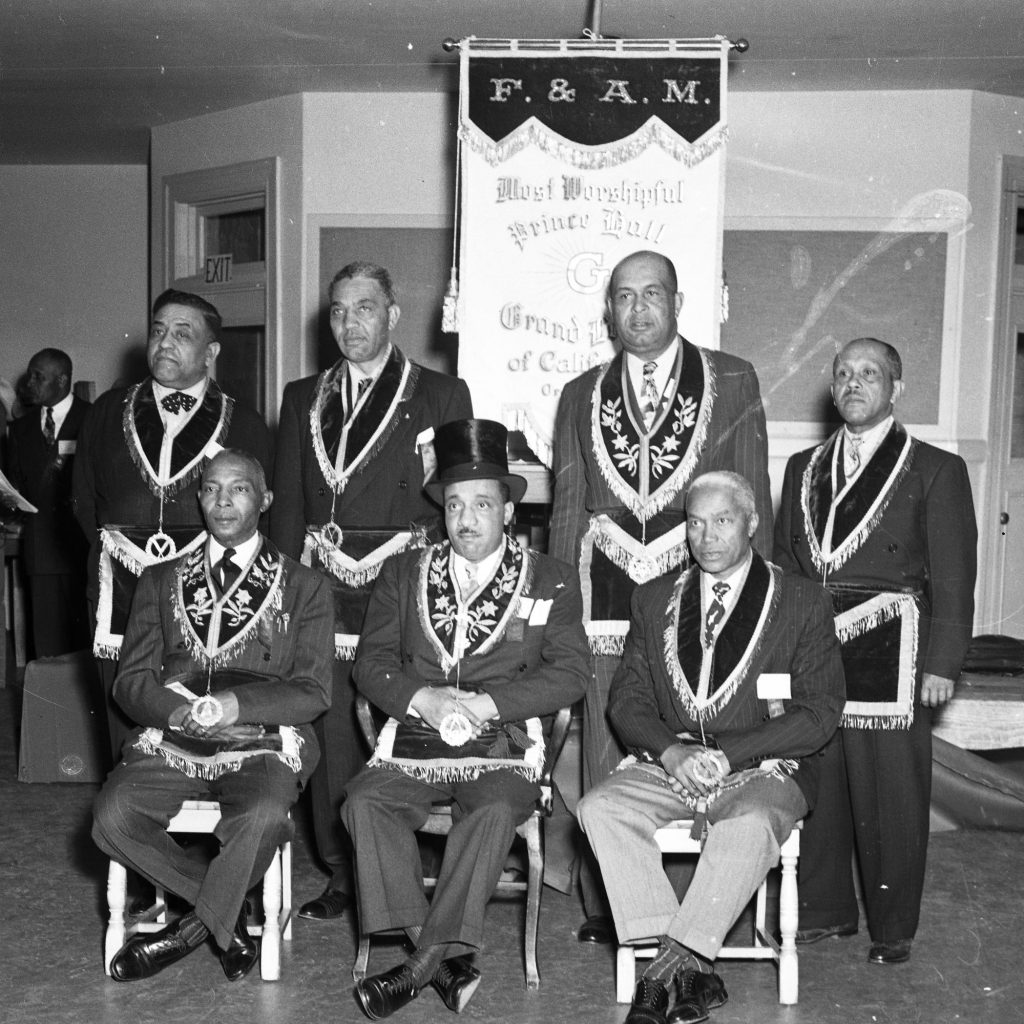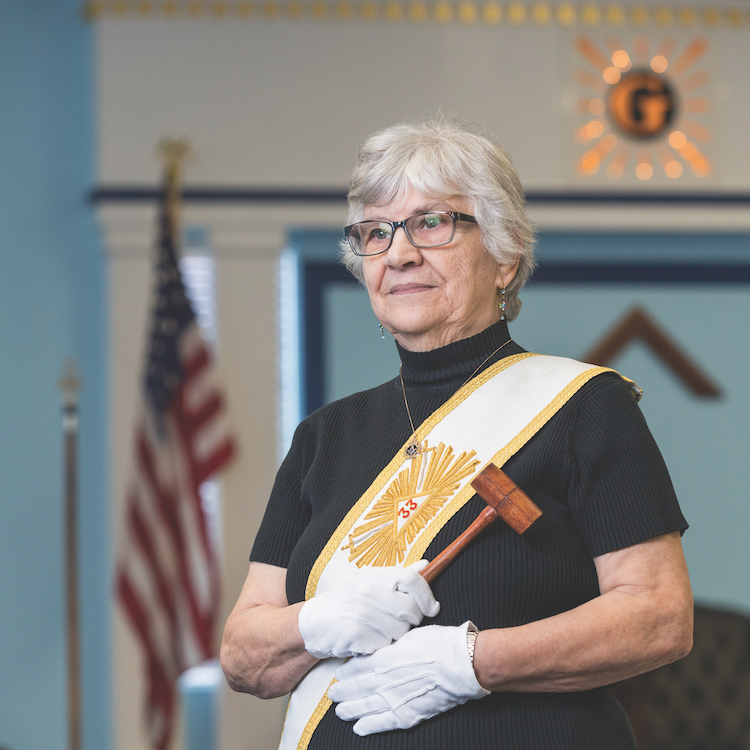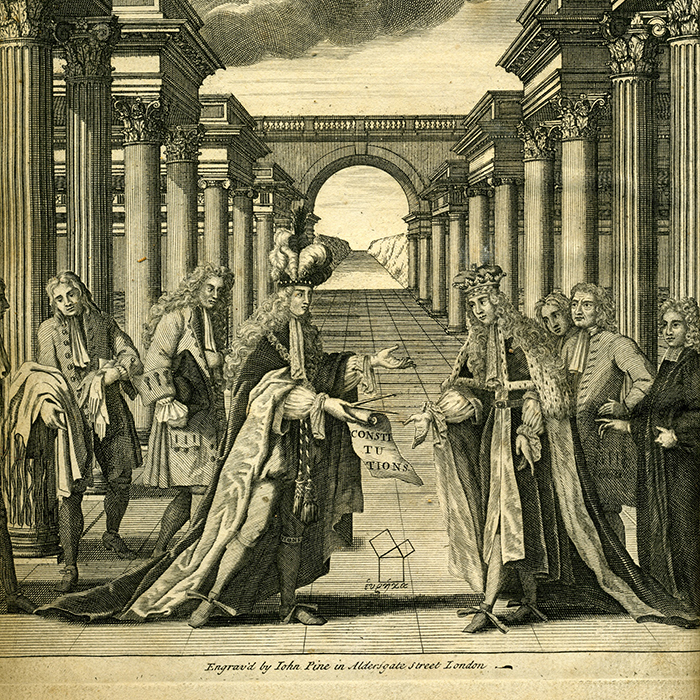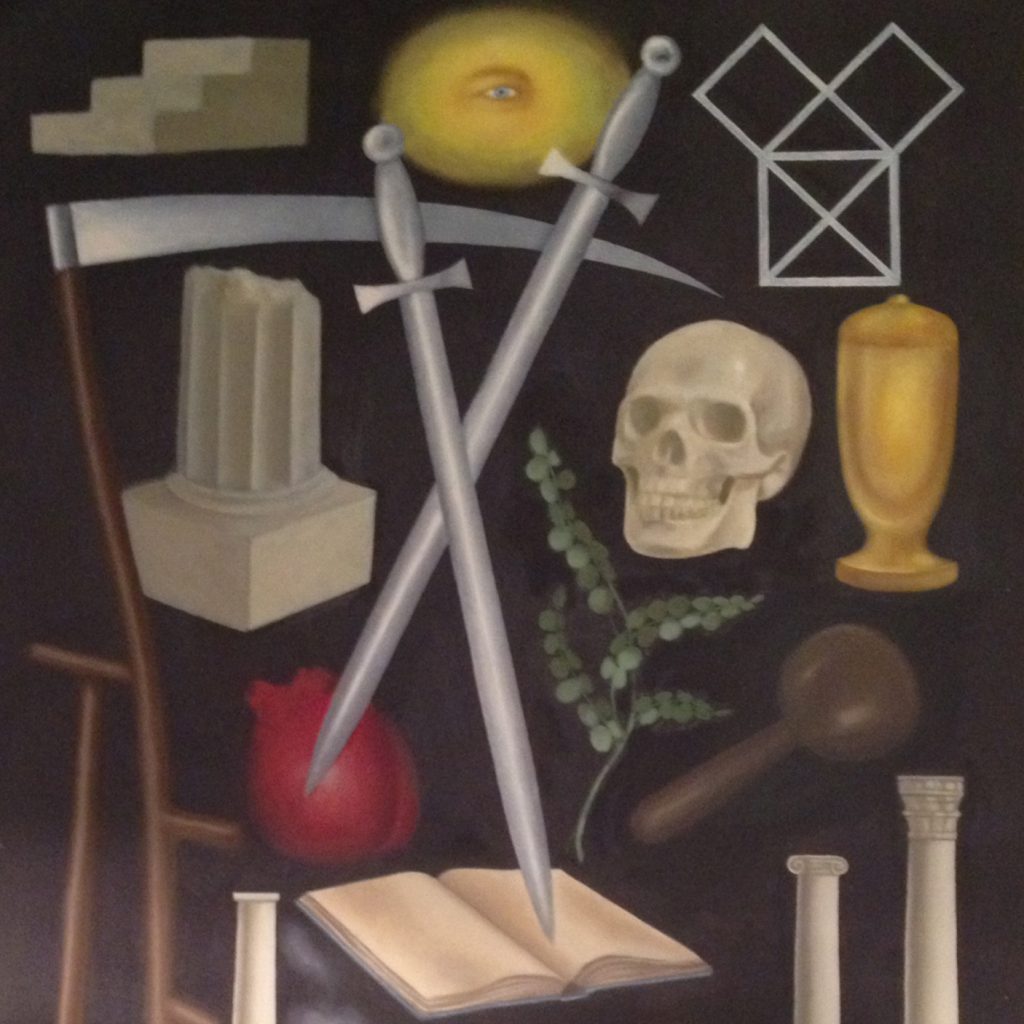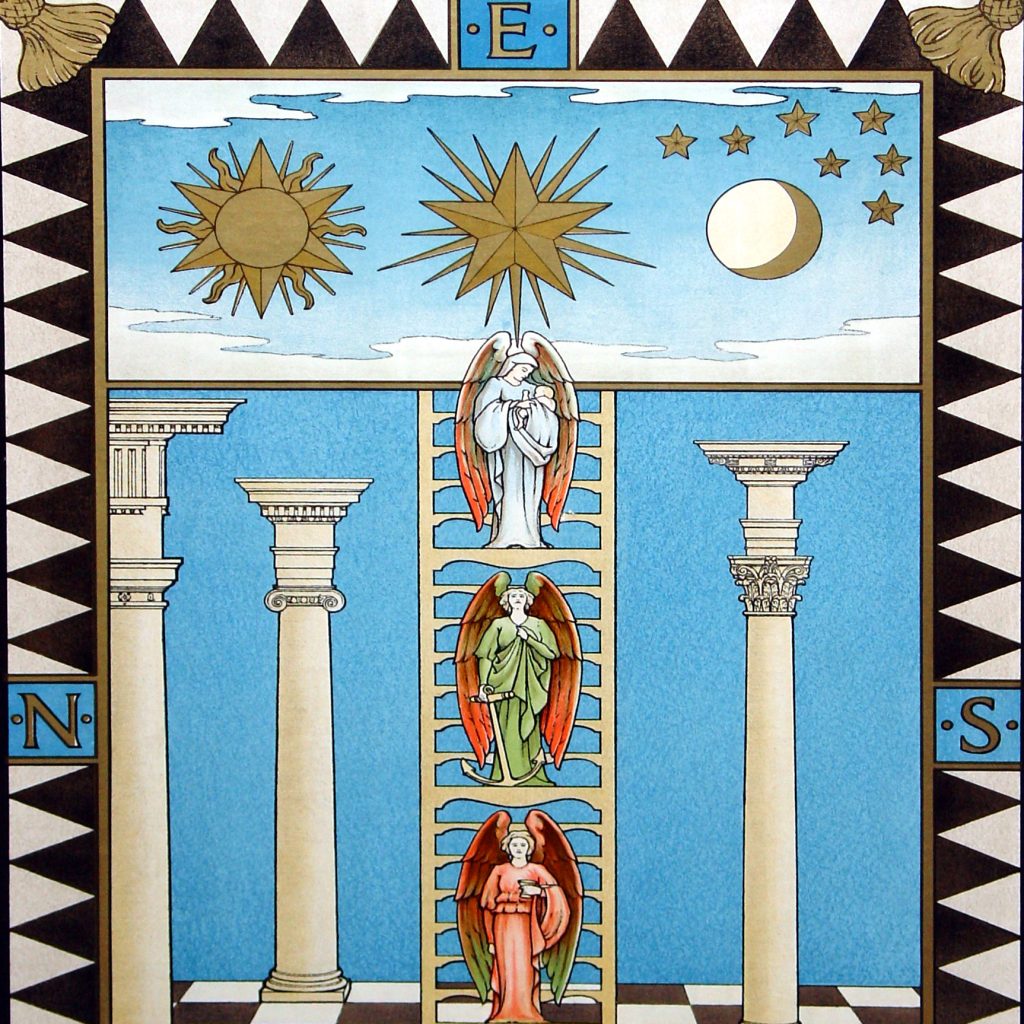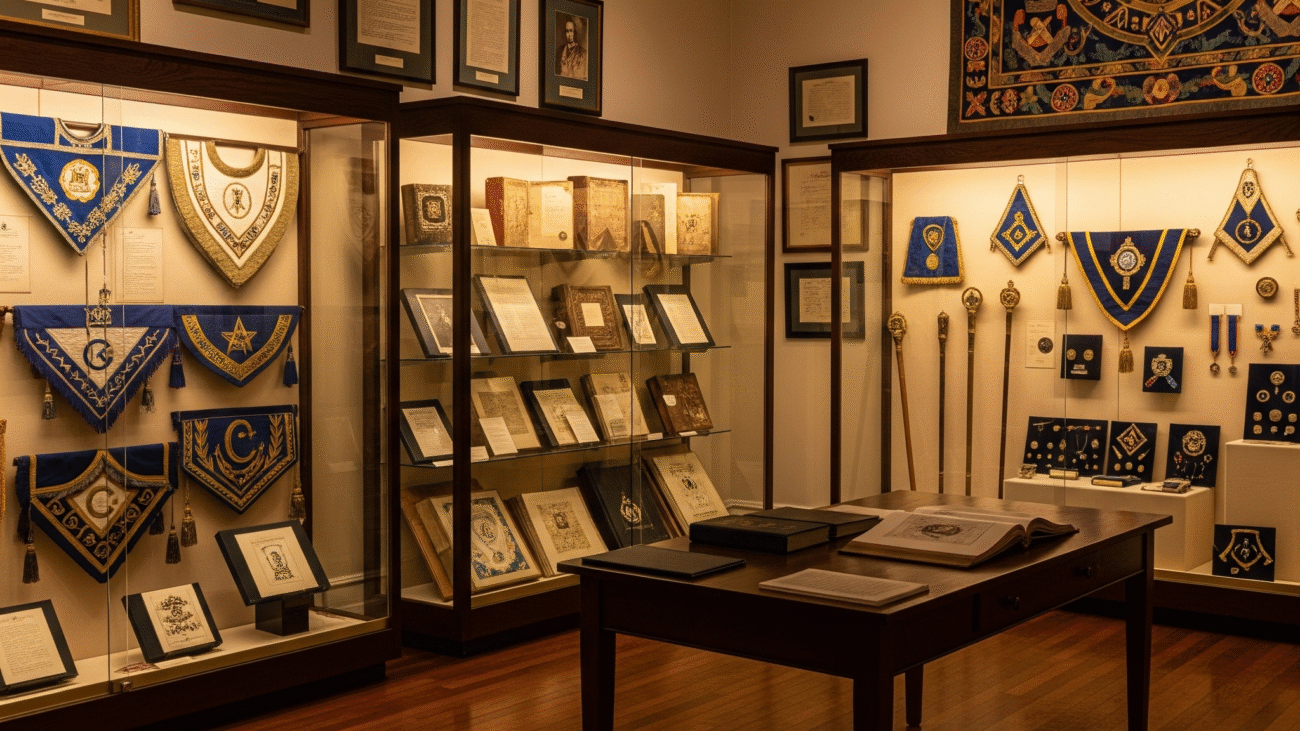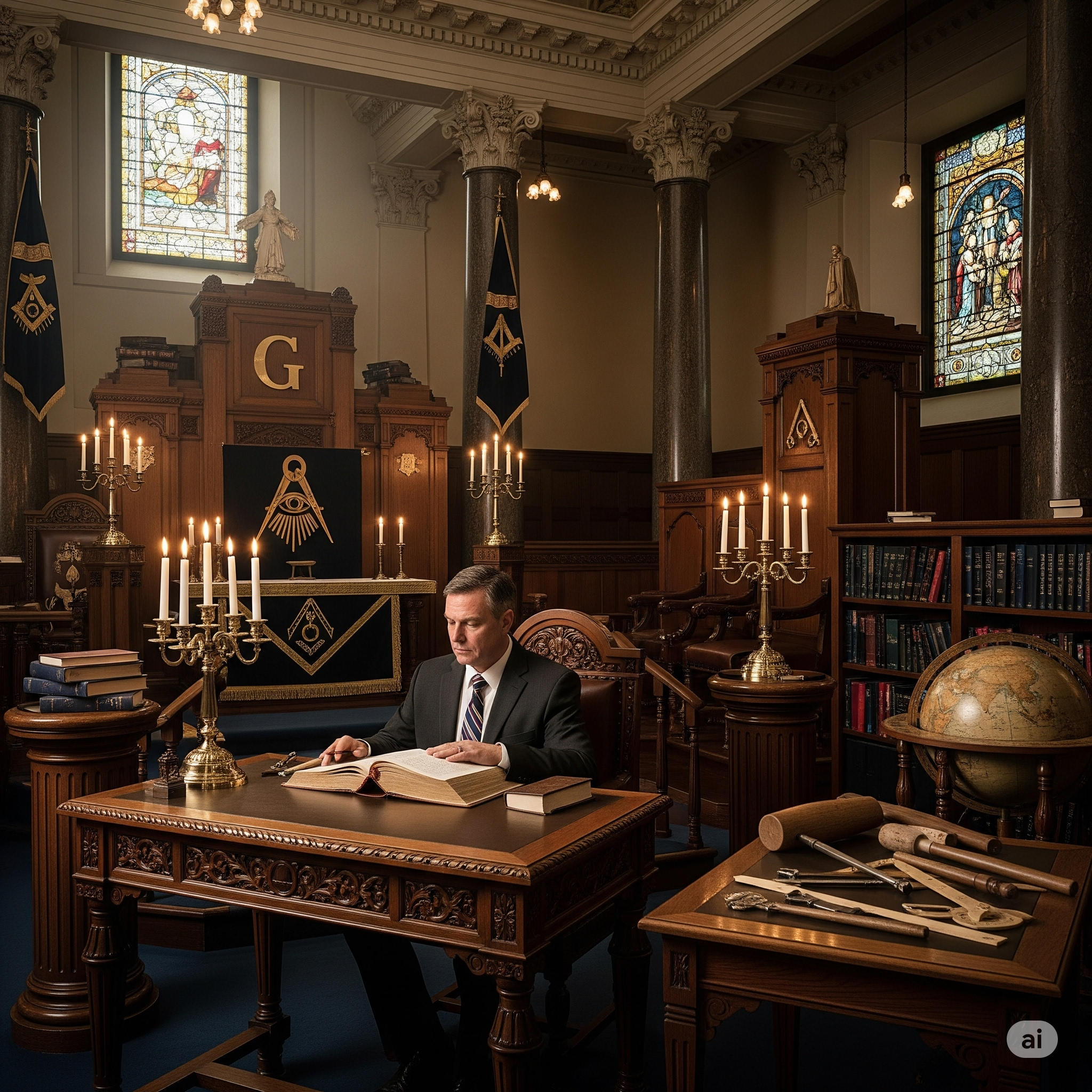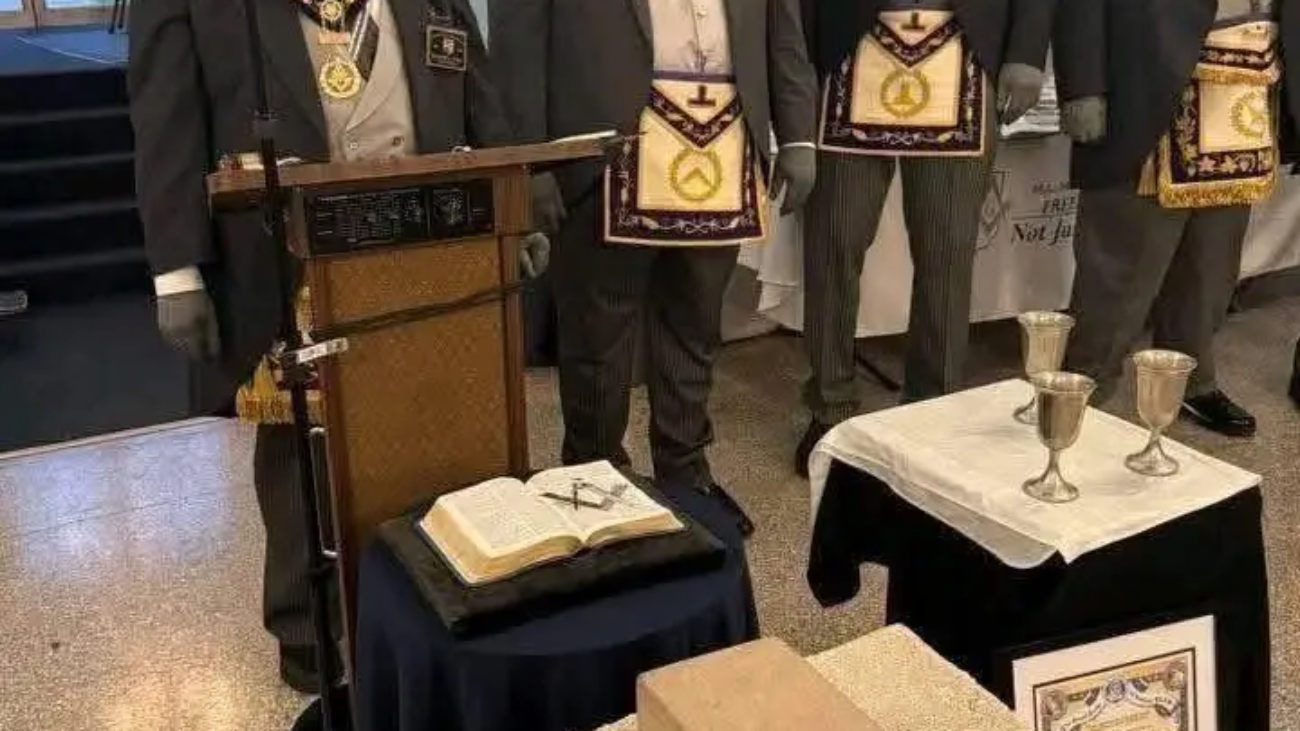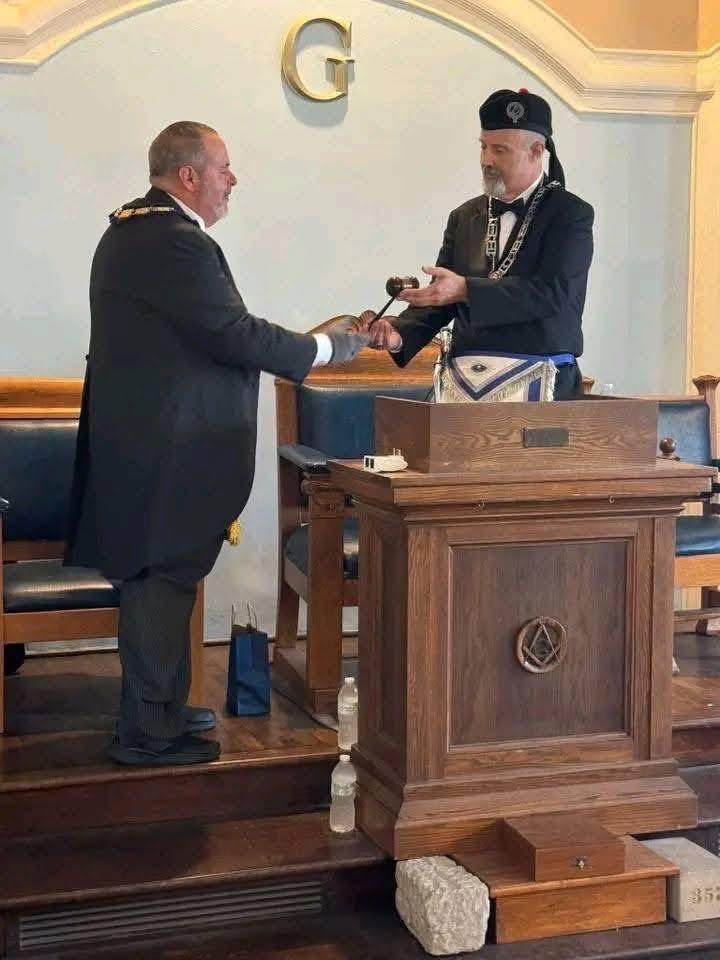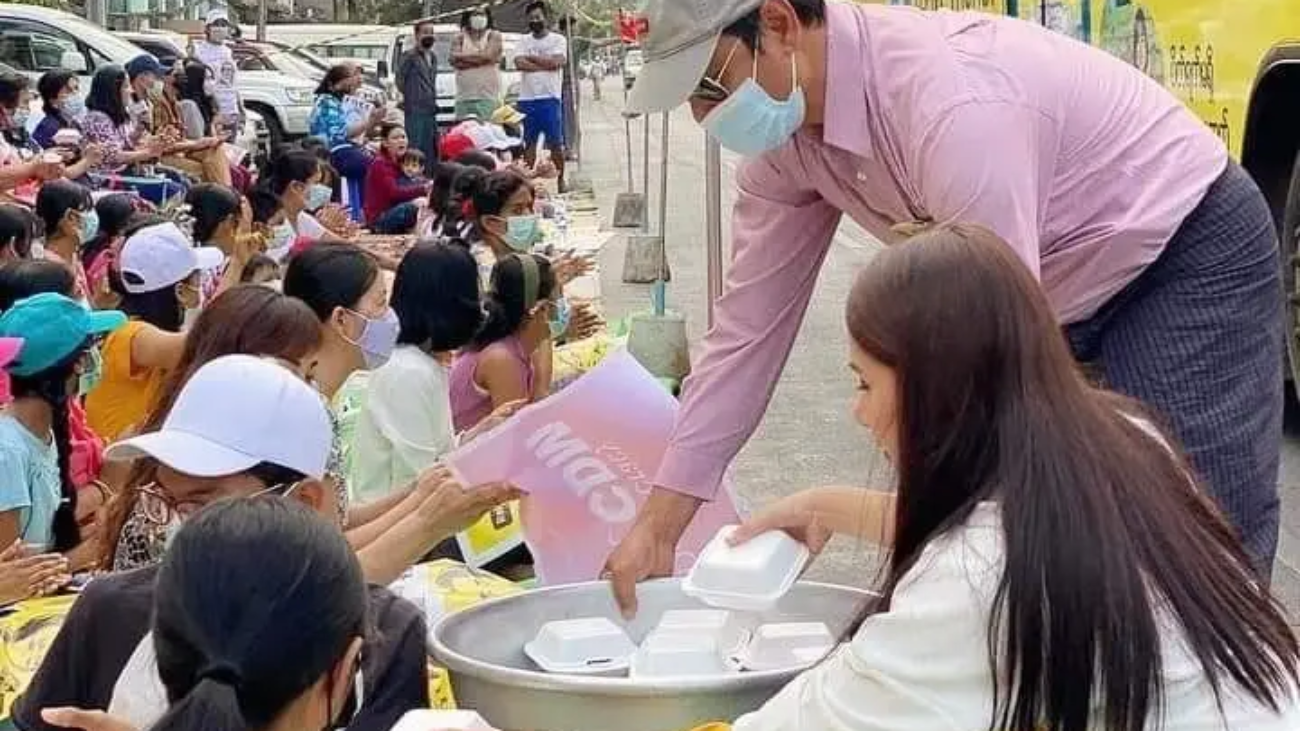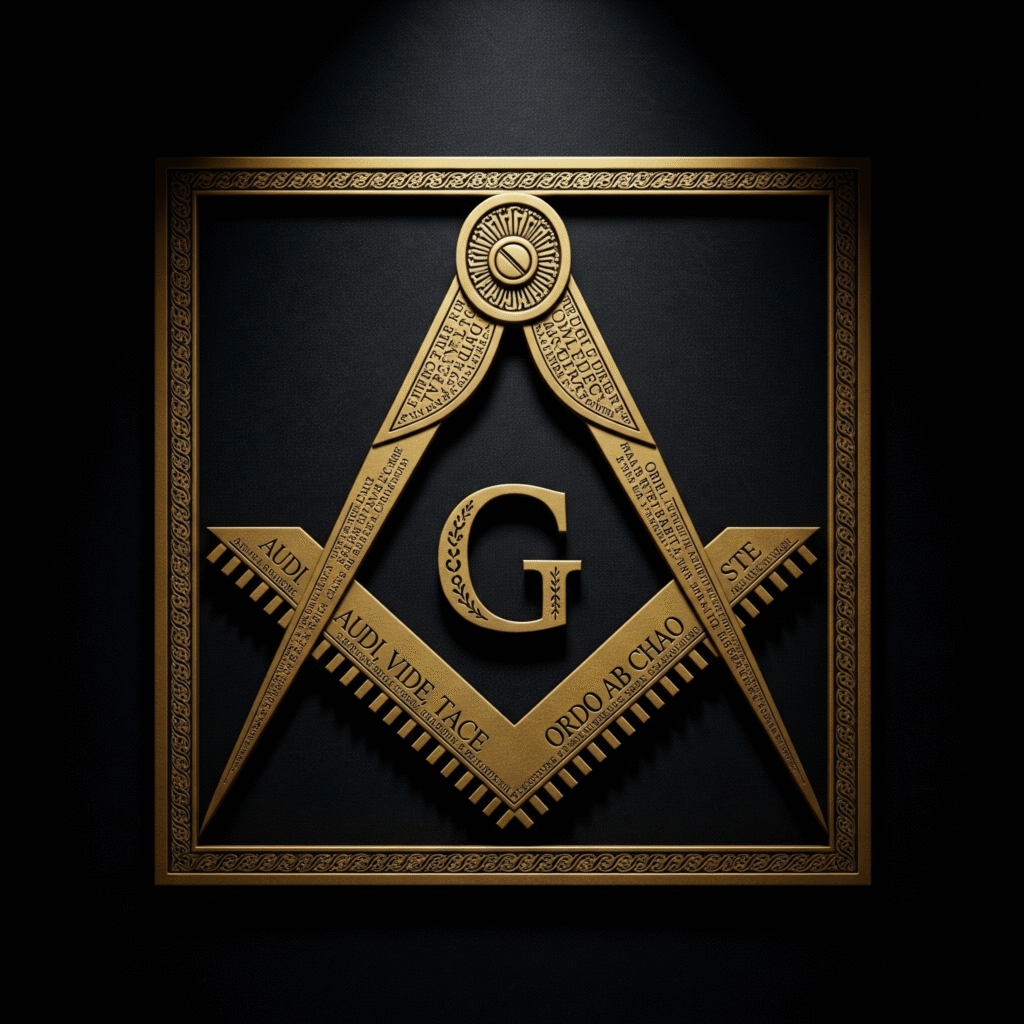
Music can play an enormous role in adding emotional depth to any occasion. That’s especially true when it comes to Masonic events like officers’ installations, degree ceremonies, and even regular lodge meetings. And yet for many Masonic organizations, the lack of a regular organist or musician makes it difficult to tap into the power of musical accompaniment to heighten the impact of the ritual.
That’s why the Grand Lodge of California is now making a variety of tracks available for download to all Masonic organizations for use in their own events. To download, simply click on each piece, or download the entire album, and play during your event through speakers and your computer, iPhone, iPad, or other device.
Each of these tracks, selected for their appropriateness to Masonic occasions, was recorded by Grand Lodge Organist Steve Miller at the California Masonic Memorial Temple. They are free to download and use. Click here to view guidance on the use of digital music in lodges provided by the grand lecturer. Masons who would like to provide recorded samples of relevant music to this growing library are encouraged to do so by reaching out to Grand Lecturer Ricky Lawler.
Below, Grand Organist Steve Miller provides context on the first batch of selections in the musical archive.
01: Pleyel’s Hymn
Composed by Austrian–French Freemason Ignaz Pleyel in 1790, this hymn is as close to an official song as the fraternity has. The song is sung during a candidate’s third-degree proficiency.
02: The Prince of Denmark’s March
Written in the early 18th century by English composer Jeremiah Clark, this march is only used to introduce members of the Grand Lodge, whether during their installation or while they are visiting local lodges.
03: Highland Cathedral
A bagpipe-and-organ tattoo frequently performed to march in Grand Lodge and lodge officers—and a favorite of the Scottish Rite, for obvious reasons.
04: America the Beautiful
Often played during the ceremonial carrying-in of the flag in advance of the Pledge of Allegiance.
05: Festive Trumpet Tune
A common wedding preamble that can be played on the organ or trumpet, David German’s composition works well as an accompaniment while lodge officers receive their jewels.
06: Prelude of Te Deum
A popular organ piece composed by Marc-Antoine Charpentier in the 17th century, suggested by Past Grand Master John L. Cooper III for use during lodge to accompany the opening and closing of the bible.
07: Background Music
08: Laschia ch’io pianga
09: Trumpet Tune
10: Trumpet Tune
A selection of tunes to be used as background music or while a candidate is preparing to enter the lodge or changing. The “Laschia ch’io pianga” is an aria from Handel’s opera Almira. Miller recorded two versions of the trumpet tune—one with added reverb that helps fill a larger room.
11: All Hail the Master
Similar to “All Hail the Chief,” played to introduce the president of the United States, “All Hail the Master” can be used to accompany the introduction of a lodge master or the grand master.
12: John Dunbar Theme
From the 1990 film Dances With Wolves, this tune was suggested by Grand Lecturer Ricky Lawler.
13: Ashokan Farewell
A waltz by folk musician Jay Ungar, typically performed on the fiddle, it was famously used in Ken Burns’ film The Civil War. The piece was requested by Past Grand Master John Trauner.

